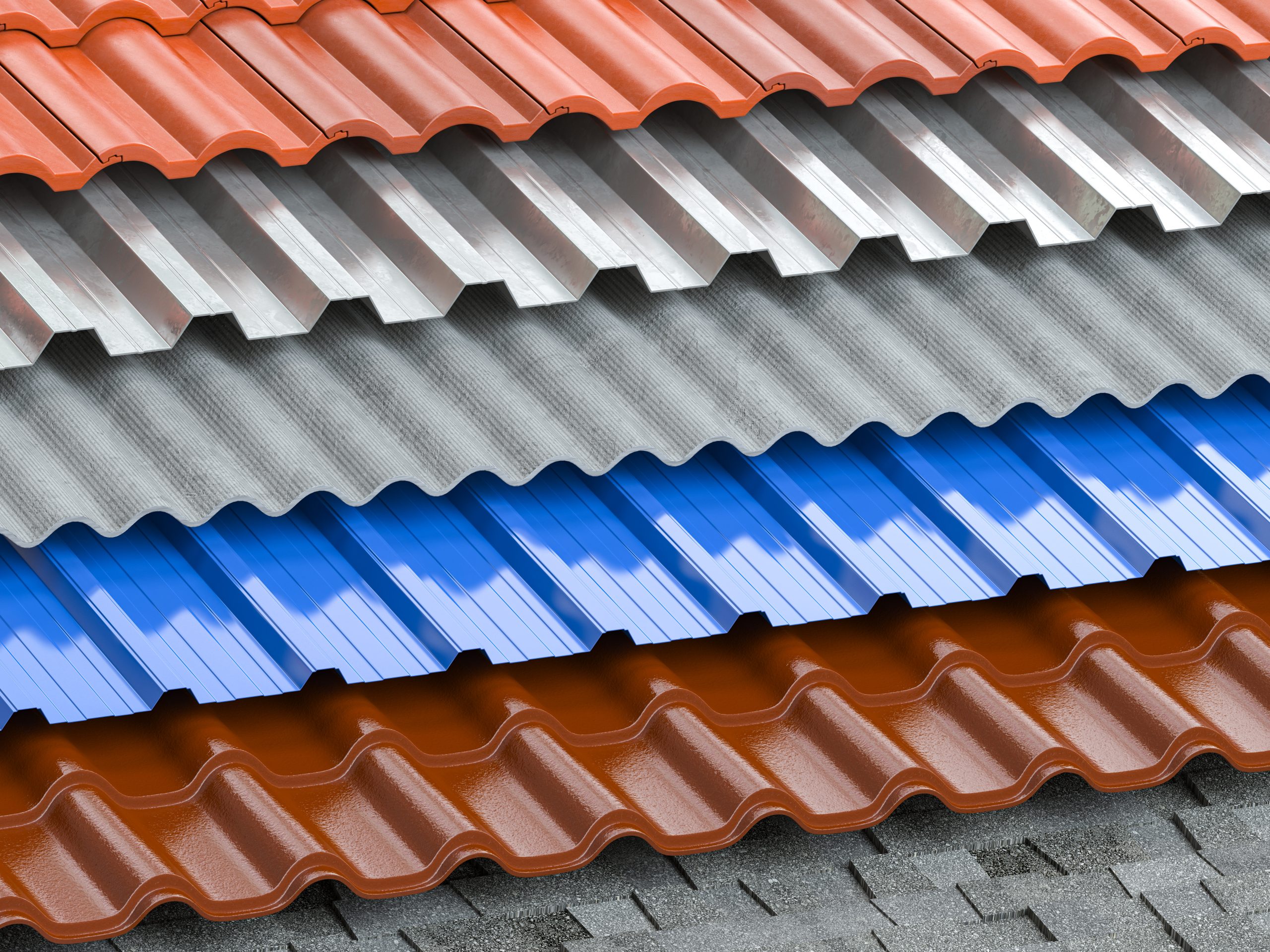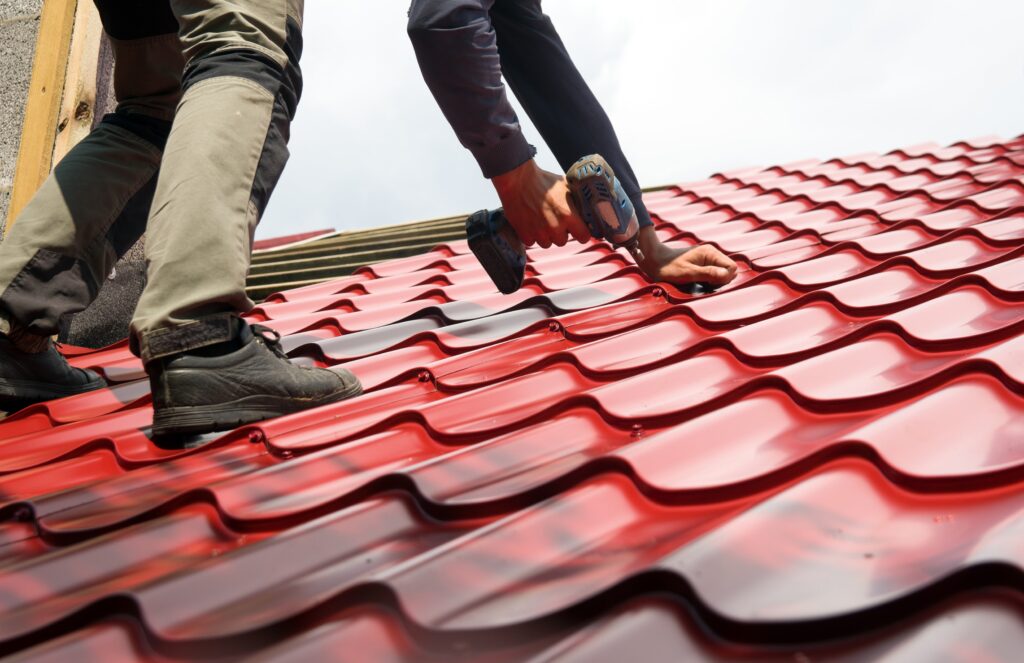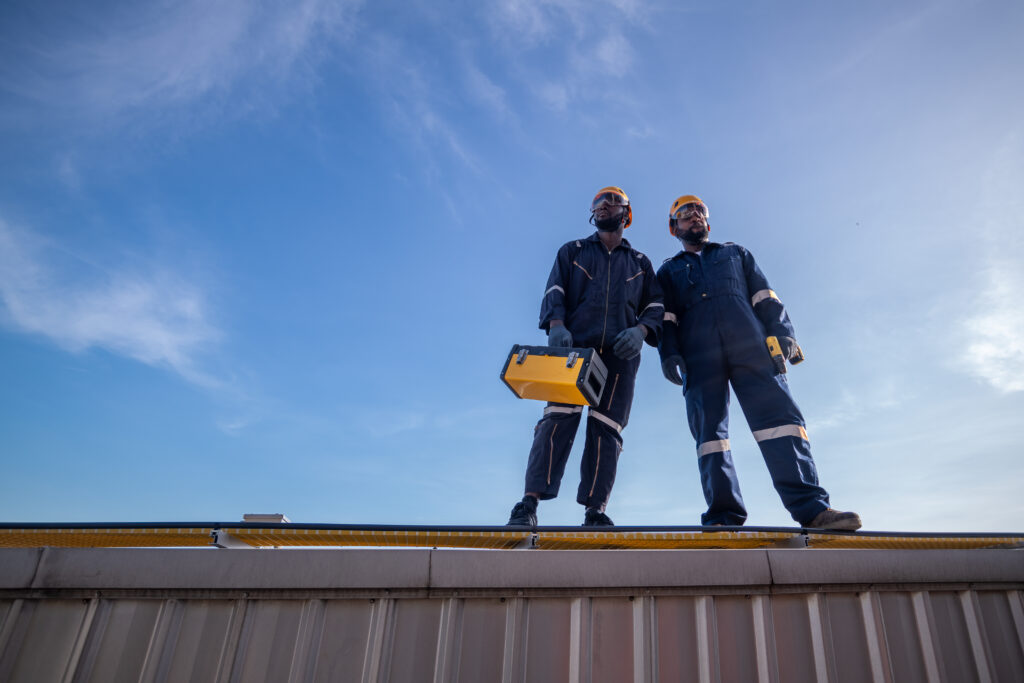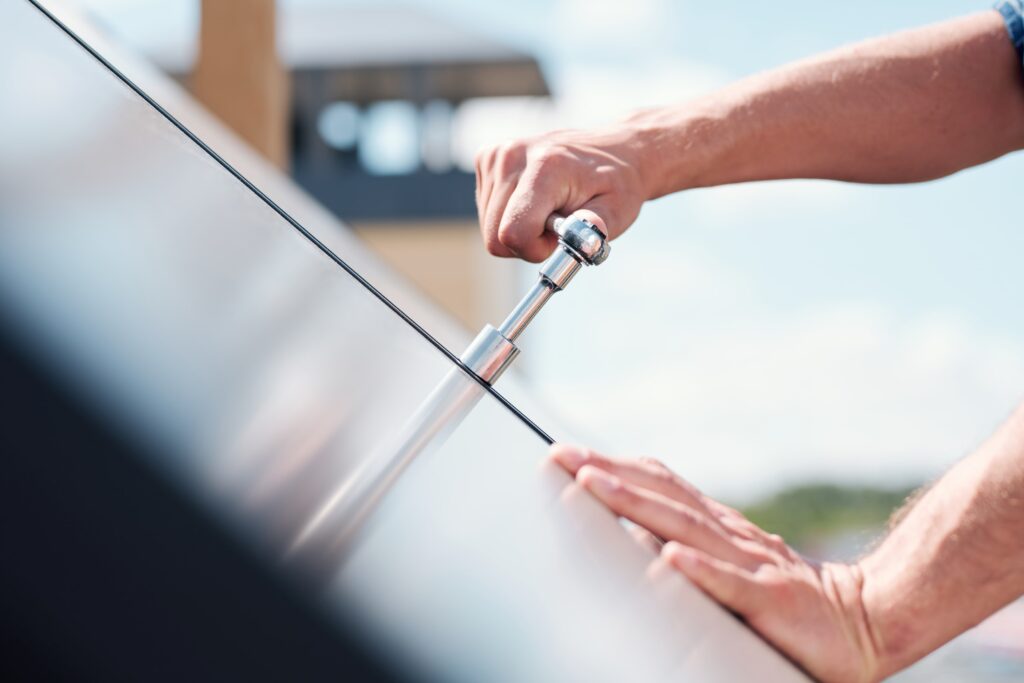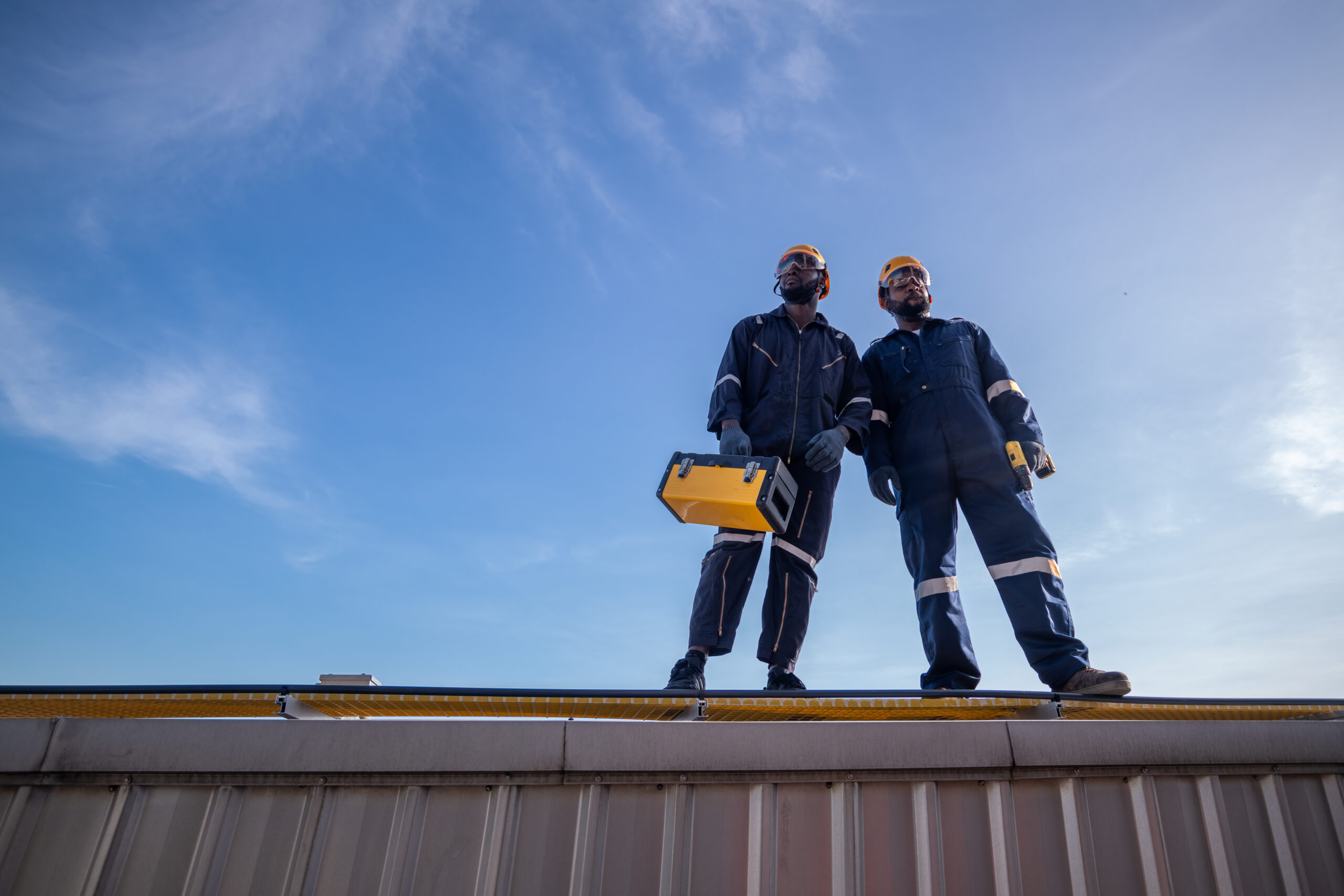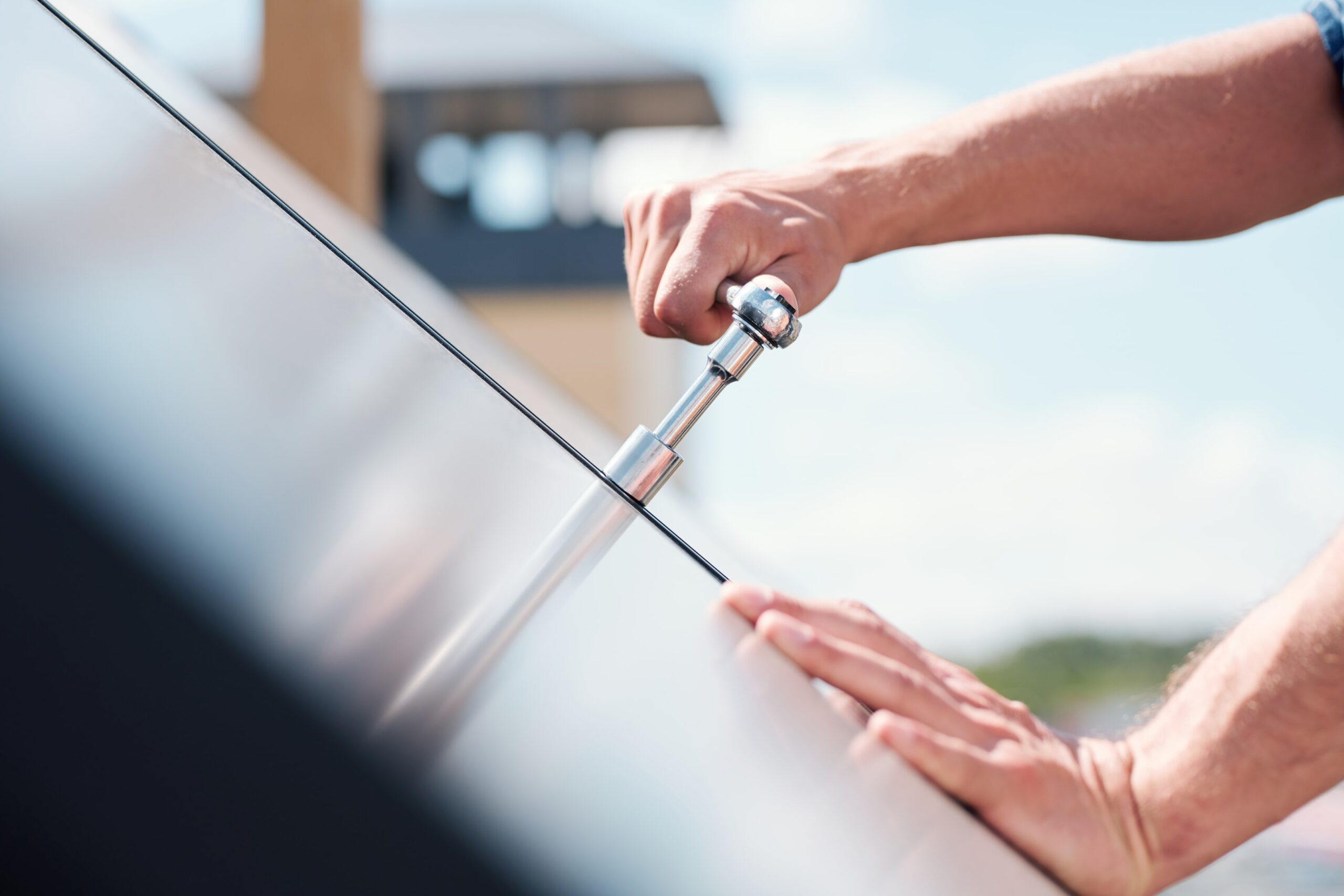In the construction world, roof materials have significantly evolved over the years. Traditional materials like concrete tiles, clay tiles, wood shingles, and slate shingles have been used for centuries. They offer a classic aesthetic appeal. However, modern roofing materials such as metal roofs, synthetic slate, and modern clay tiles are gaining popularity. This is due to their numerous benefits.
This blog can help you choose the right roofing material from various types of roofing materials that match your needs and preferences. Factors such as cost, durability, maintenance, and roof surface play a crucial role in decision-making. Additionally, options like structural insulated panels provide efficiency and enhanced insulation for residential homes.
If you want to know Brisbane’s 4 best roofing companies, read the best roofing companies in Brisbane.
Key takeaways
Choosing a roofing material involves considering weather resistance and aesthetics.
Synthetic slate is lightweight, sustainable, and easier to install than natural slate.
Green roofs reduce energy costs while adding unique architectural appeal.
Modern clay tiles are more durable, versatile, and low-maintenance.
Concrete and clay tiles are long-lasting but require extra support and complex installation.
Wood and asphalt shingles are visually appealing but high-maintenance and less durable.

What to consider in roofing
Your roof needs to withstand all manner of environmental factors while being an environmentally friendly choice for Australian homeowners. Here are some things to consider for residential homes.
Hot weather
Brisbane experiences warm or hot weather for most of the year, making heat transfer a key consideration. As a Brisbane resident, you need a properly maintained roof that can withstand the UV rays our ‘Sunshine State’ provides. Some roof types resist heat effectively, while others degrade and warp prematurely under the same conditions. Materials with light colours and reflective coatings will hold up well.
Wind and storm damage
You need to be prepared for adverse weather events. During severe storms, you’ll deal with flying debris, heavy rain, and strong winds. The best roofs can resist these conditions without sustaining significant damage. The right materials for extreme weather are lightweight and strong, reducing structural stress.
Bushfire risks
The threat of bushfires can greatly impact your choice in roof material. Fire-resistant materials such as Colorbond steel and concrete tiles will keep your house protected. An option like wood shakes will be at a significantly higher risk.
Coastal environments
Brisbane’s location on the coast gives residents access to some of Australia’s finest beaches. However, the salt in that fresh coastal air can be very corrosive to homes close to the ocean. With proper maintenance, terracotta tiles hold up well in these conditions. Pre-treated steel like Colorbond are also an excellent choice.
Aesthetic features
While functional considerations like durability are crucial, we all want our roofs to be attractive. This is obviously a subjective matter. Terracotta tiles have long been a favourite for their curb appeal. Sleek steel roofing is also an excellent choice that can come in various colours.
Modern Roofing Materials

Metal Roofs
Metal roofing, including standing seam metal roofing, is a popular roofing material. What’s sometimes referred to as corrugated iron roofing is actually steel. They are known for their durability, efficiency, and low maintenance. They can be installed in thin sheets or as metal shingles, offering a versatile roof design. A metal roof is also fire-resistant, making it ideal for fire-prone areas.
Colorbond steel roofs
Colorbond steel is one of the most attractive roofing materials. While curb appeal is important, it doesn’t count for much if the roof doesn’t hold up in other areas. Fortunately, Colorbond steel ticks every box. It offers a range of benefits not easily found in other roofing materials.
Durability and longevity
Colorbond is one of the highest quality metals made in Australia. It’s manufactured with multiple protective layers. These pre-treatments add a number of advantages. Colorbond’s protective layers provide corrosion resistance as well as reduced incidence of peeling and cracking. This is crucial in Brisbane’s hot climate.
Reducing the effects of Queensland weathering increases your Colorbond roof’s lifespan. You can enjoy a weather-resistant roof for 50-70 years or even longer. This decreases your costs as your roof requires minimal maintenance over its life.
Energy efficiency
Colorbond steel uses Thermatech technology, making it one of the most energy-efficient roofing materials available. Its Thermatech technology increases the roof’s solar reflectance, keeping it cooler in the summer and reducing heat transfer. This can have a significant impact on your energy costs, especially when combined with solar panels for added efficiency.
Independent research has found that cool roofs can reduce energy usage by as much as 70%, leading to substantial financial savings. Colorbond also helps lower heating costs in winter with proper insulation.
Its durability makes it an excellent choice for both residential and commercial roofing, and it can be integrated with built-up roofing systems for enhanced performance. Additionally, its reflective properties can improve natural light distribution in buildings, further reducing energy consumption.
Synthetic Slate

Synthetic slate is a modern option among the various types of roofing materials, designed to mimic the aesthetic appeal of traditional slate roofs. However, it offers improved durability and easier installation, making it a long-lasting roofing material.
It is significantly lighter than natural slate, reducing the need for extra structural support while maintaining resilience against harsh weather conditions. Often made from recycled materials, synthetic slate is also a more sustainable choice. Additionally, it is more affordable than real slate, making it a practical yet stylish roofing solution.
Modern Green Roofs

The modern green roof, or living roof, is a contemporary innovation among the various types of roofing materials. It incorporates natural materials into roofing structures, providing excellent energy efficiency and helping to reduce energy bills. They can be designed alongside traditional roofing options such as tile roofing, offering a visually appealing contrast.
They also contribute to the building’s architectural, adding a touch of nature to modern homes. Some of them can integrate asphalt and mineral granules for added durability, while dark grey design elements can create a sleek, modern aesthetic that blends sustainability with contemporary construction trends.
Modern Clay Tiles

Modern clay tiles have evolved from their traditional counterparts to offer improved durability and versatility. They are often lighter and more resistant to cracking, reducing maintenance needs even in regions with significant temperature fluctuations.
Modern clay tiles can also be treated to enhance their fire resistance and longevity, making them a practical choice for various climates and styles. Their ability to withstand extreme heat and cold makes them a reliable option for homeowners seeking both aesthetic appeal and long-term performance.
Traditional Roofing Material

Clay and concrete tiles
Concrete and terracotta tiles are popular roofing materials for their durability and natural weathering characteristics. They are ideal for hot climates and offer a distinct architectural style. However, these roof tiles require extra structural support due to their weight. Their installation must be done correctly to ensure longevity.
If you need help choosing the right roofing solutions for your home, contact for a free quotation. We’re experts in all things roofing!
Wood and asphalt shingles
Wood shingles and asphalt shingles, while offering a unique aesthetic appeal, require regular maintenance and may not be as durable or fire-resistant as some modern types of roofing materials. Asphalt shingles are a popular and cost-effective choice for residential houses, but they can be prone to weather damage and may have a shorter lifespan in extreme climates.
Slate shingles, known for their durability and classic appearance, offer a long-lasting solution with minimal upkeep, often lasting more than a century if installed properly. However, they are more expensive and require professional roofing company services for installation.
Flat tiles and rolled roofing are additional options that provide varying levels of affordability, durability, and ease of installation, catering to different architectural styles and climate conditions.
Membrane roofing
Membrane roofing is one of the cheapest roof types available, costing as little as $3 to $6 per square foot. It is commonly used in commercial buildings due to its affordability and practicality. This roofing system includes a waterproof membrane that enhances water runoff, preventing leaks and water damage. It is also reasonably durable and can withstand extended UV exposure during the Australian summer.
However, its use is primarily limited to flat roofs or roofs with a low pitch. For those looking for a more durable alternative, a zinc roof with raised seams offers excellent longevity and weather resistance. Choosing the right roofing material can help save money in the long run by reducing maintenance and energy costs.
If you need help choosing the right roofing solutions for your home, contact for a free quotation. We’re experts in all things roofing!

Conclusion
While traditional roofing materials, such as slate roofing, have their place in certain architectural styles and climates, modern materials offer a range of benefits that can’t be ignored. They are generally more durable, energy-efficient, and easier to maintain. Additionally, modern roofing options can include slate tiles designed for better longevity and lower maintenance compared to natural slate.
Advancements in technology have also made it possible for modern materials to mimic the appearance of traditional materials, including slate roofing and tile roofing, providing the best of both worlds. For flat roofs, innovative materials like waterproof membranes and reflective coatings enhance durability and efficiency, making them a practical choice for contemporary buildings.
When choosing between traditional and modern roofing materials, it’s essential to consider factors such as the existing roof and the desired longevity and maintenance level. Traditional materials like concrete tiles and wood shingles have stood the test of time. However, modern materials like metal roofs and modern clay roofs offer significant advantages in terms of durability, energy efficiency, and maintenance.
Whether renovating an old home or building a new one, the choice of roofing material can significantly impact the building’s aesthetic appeal and durability. Therefore, making an informed decision is crucial, considering both traditional and modern options.
Austin & his team were great to deal with. They were fast at doing the job, professional and reliable. Highly recommend!
- Celina Freeman
If you are looking for a professional that can further assist you, Infinite Roofing can help. Reach us today.


